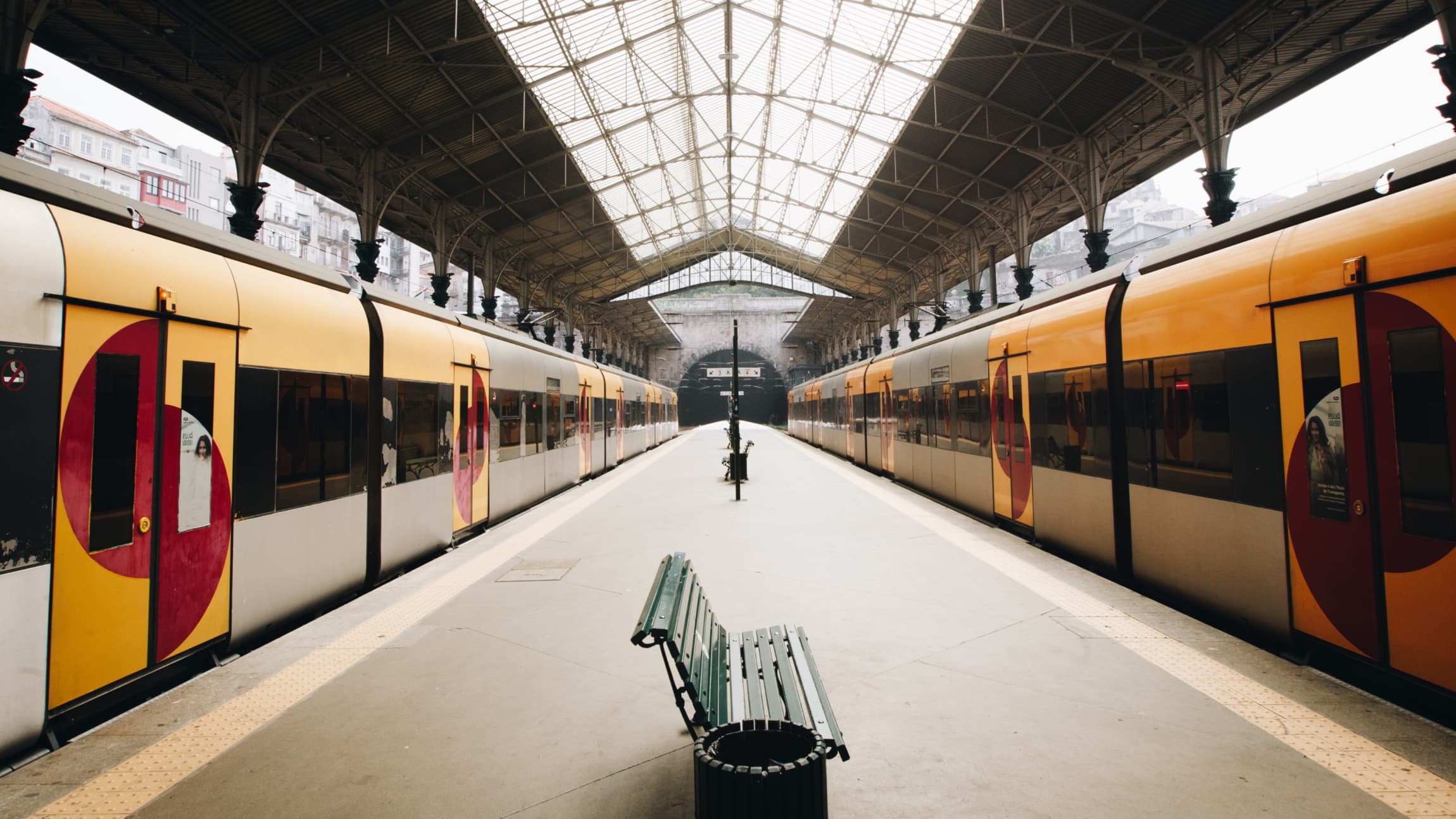Neuroplasticity is a super science-y word with a pretty simple explanation. Let’s look at another quick Latin lesson.
- Neuro= “To do with the brain or nervous system”
- Plastic= “Able to be molded”
Neuroplasticity is the brain’s ability to change and mold.
This essential function allows for the brain to adapt and remold when damage has occurred, which is why it’s critical in stroke recovery.
A Simple Analogy
Imagine that a person is taking the train to work and has to switch trains twice on their route.
But today, they find that the second train is out of commission and this person has to find a new train route that will take them to work.

Instead of panicking, they look at a map of the train system. They realize there are multiple routes they could take and try one out today.
It goes well and they try a different route the next day until they find one that works well for them.
After a stroke, the injured area of the brain is like that out-of-commission train car.
Neuroplasticity is the map we use to try and find other existing routes to get to a destination. Those new routes are established through motor learning by being actively involved in recovery and repetition.
Diving Deeper
After a stroke, there is brain cell injury or death in the area affected. This area of the brain can no longer effectively communicate with the body. This is why we have to relearn and establish new pathways and routes. And neuroplasticity is the key to do this!
So how does it actually work?
Neuroscientists have stated, “Neurons that fire together, wire together.” This means that when you’re trying to do something specific, the brain activates in a certain pattern, which results in that desired action.
Once the brain has established that pathway and pattern, it’s easier for it to complete that pattern again the next time you want to do that specific activity. And there are certain ways to maximize those brain changes.
Principles of Neuroplasticity
Scientists used to think that once the brain was injured, that was it! They thought the brain could not make changes to itself. But we know better now.
The brain is more like a muscle. We have to use it to make it stronger!
Practicing a task over and over will help rebuild those neural pathways. This leads to better outcomes.
Think about someone trying to learn how to knit. Starting out, that person may fumble with the simplest task and become frustrated. If that person practices knitting every week, in two years they can carry on a conversation while making a sweater.
Or think about driving to a new location. The first time you go, you might take a couple of wrong turns. But the more you drive that route, the more automatic it becomes.
After a stroke, rehab focused on creating neuroplastic changes can make it easier for the healthy parts of your brain to take over the functions of the injured part.
Keep these principles in mind:
- Use it or lose it: This old saying is especially true in stroke rehab!
- Use it to improve it: Practice may not make perfect, but it will definitely help.
- Repetition: Research is still out on exactly how many reps it takes to establish new brain pathways. But a small study has shown that 300+ reps in an hour led to arm & hand improvements in the short term and after one month.
- Intensity: Doing exercises or activities daily will improve outcomes. The specific study I mentioned above had participants doing rehab tasks 3x’s a week for one hour over the course of 6 weeks.
- Relevance: Research shows that doing activities that are important to you actually create better outcomes! So if you’re having difficulty with dexterity and you enjoy cooking, make a meal as part of your therapy!
- Time: In addition to all of the above, recognize that brain changes take time. Even if you don’t see changes right away, don’t stop! Your brain is making changes!
I hope this article was helpful. This is a chapter from an upcoming free e-book I’m writing. I’m super excited to share this with the community. Stay tuned!

